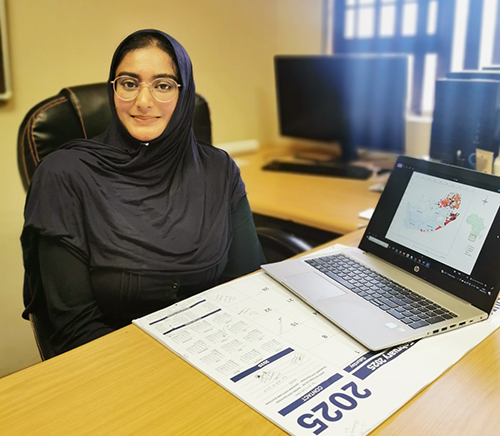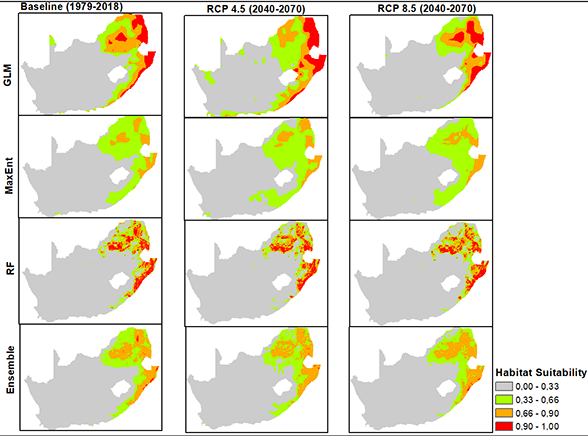By Gofaone Motsamai
Communities near Krugersdrift Dam, located between Bloemfontein and Dealesville in the Free State province, have been cautioned about possible waterborne infections linked to the dam. Dr Nisa Ayob, senior lecturer at the North-West University’s (NWU’s) School of Geo and Spatial Sciences, provides insight into the potential causes and risks of these infections.
"The reported infections at Krugersdrift Dam could be linked to waterborne diseases such as schistosomiasis (bilharzia), which is caused by parasitic Schistosoma worms. These parasites rely on freshwater snails as hosts and spread when people come into contact with contaminated water," says Dr Ayob.
She explains that these snails thrive in slow-moving or stagnant water bodies, particularly in areas with moderate to high rainfall and temperatures between 15°C and 25°C. "Infected snails release parasite larvae into the water, which can penetrate human skin. Environmental factors like rainfall and temperature changes also affect their spread. Increased rainfall can wash parasite eggs into the water, while warmer temperatures speed up their development."
Dr Ayob also points out that activities such as swimming, fishing, washing clothes and agriculture around the dam increase the risk of exposure.
Health risks and prevention
According to Dr Ayob, these infections can lead to serious health problems. "Schistosomiasis can cause chronic organ damage, anaemia and developmental issues in children. If left untreated, infections can lead to severe complications like bladder cancer and liver fibrosis."
She highlights that climate change is expanding the habitat of Schistosoma-carrying snails, making the disease a growing concern in areas not previously affected. "The disease is often underreported or misdiagnosed because its symptoms – such as fever, fatigue and abdominal pain – are similar to other illnesses. This makes it harder to track and control."
Preventing the spread
Dr Ayob stresses that controlling the spread of infections requires teamwork between different sectors. "Public health, environmental science, water management and community education must work together. Medical professionals diagnose and treat infections, while environmental scientists monitor water quality and snail populations."
She emphasises the importance of clean water access to reduce reliance on contaminated sources. "Investing in sanitation infrastructure and proper waste disposal is essential. Raising awareness through community education can also help people understand the risks and take preventive measures."
She adds that early detection of snail populations, water quality changes and infection patterns can help authorities respond before outbreaks occur.

Dr Nisa Ayob.

Four different models that were used to predict future climate suitability of one of the three snails (Biomphalaria Pfeifferi) using climate projections.
